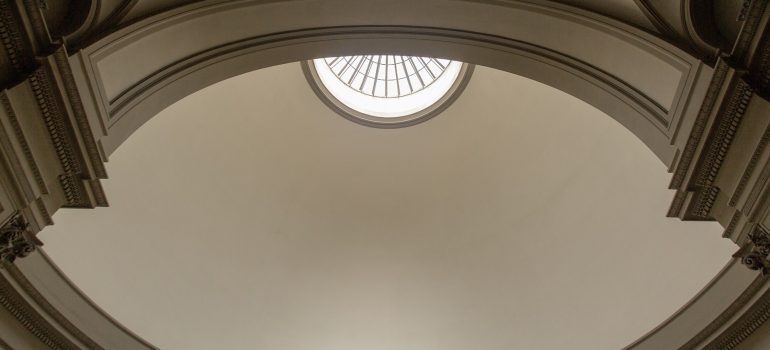May 2, 2025
Why Do Houses Have Ceiling Domes at the Top of Circular Staircases?
Ceiling domes are often placed above circular staircases for a blend of aesthetic, architectural, and functional reasons:
Aesthetic Emphasis
-
-
-
- Visual Drama: Domes provide a grand, elegant focal point, enhancing the sense of vertical space and movement.
- Architectural Harmony: The circular shape of the dome complements the spiral or curved geometry of the staircase below, creating a sense of symmetry and intentional design.
-
-
Natural Light
-
-
-
- Many dome ceilings incorporate skylights or oculi (central openings) to bring daylight into the staircase, which is often an interior zone without windows.
-
-
Spatial Expansion
-
-
-
- Domes give the illusion of a taller, airier space by drawing the eye upward. This is especially effective in vertical circulation areas like staircases that already emphasize height.
-
-
Acoustics
-
-
-
- In larger homes, domes can improve or modulate sound projection—either for echoing grandeur or soft diffusion of ambient sound.
-
-
Historic and Classical Influence
-
-
-
- The tradition comes from classical and renaissance architecture, where domes symbolized wealth, intellect, or religious ideals. High-end residential architecture often borrows these cues to signal status and taste.
-
-

